The Problem Of Waste
“This is now the world’s greatest threat and it’s not coronavirus!“
– The World Economic Forum 21 July 2020
Our world has a huge problem with waste. It affects the air we breathe, the water we drink and the food we eat.
Why waste MUST become part of the conversation:
2,120,000,000 -Tons of waste dumped on the planet annually.
Every year we dump a massive 2.12 billion tons of waste on the planet.
If all this waste was put on trucks they would go around the world 24 times. – theworldcounts.com
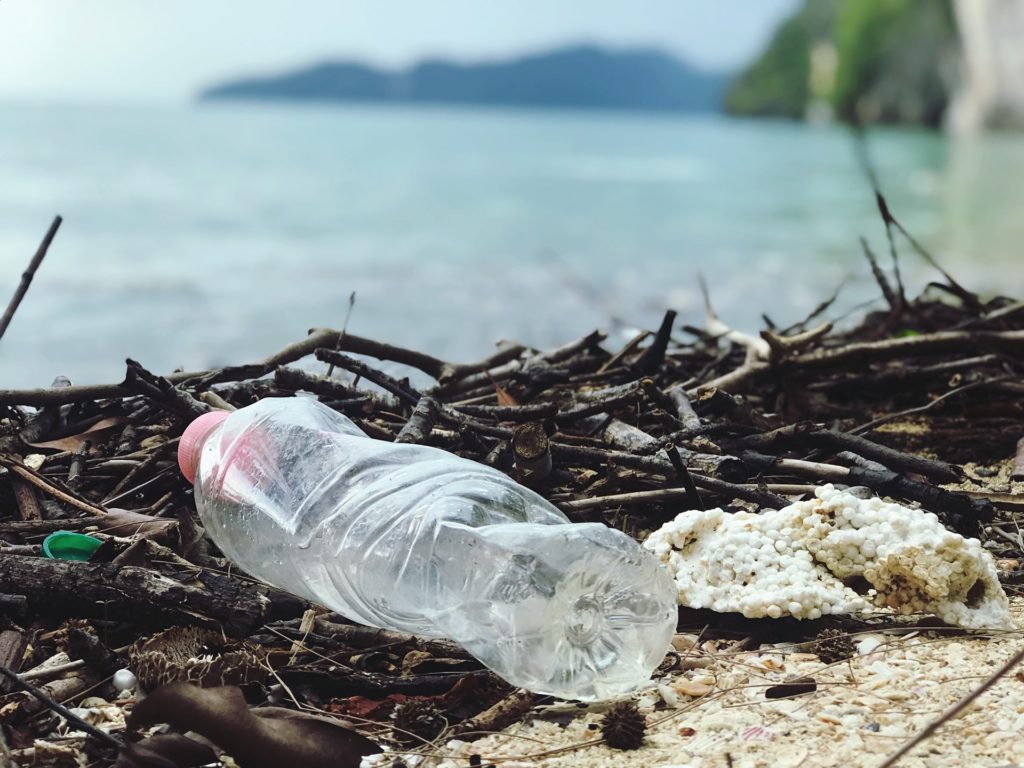
In 2013, Americans alone generated 254 million tons of waste! According to the EPA, approximately thirty-three percent (or 84 million tons) were recycled or composted. Who are the top three producers of waste?
-
- Humans (approximately 7.7 billion people as of November 2018 as per worldometer.com)
- Manufacturers/Distribution Centers/Large Entities
- Government agencies such as Military, offices, etc.
Waste haulers transport tons of rubbish to landfills each day. Landfill developers are building more landfills, the byproducts of which is destroying the ozone layers, the air we breathe and the water we drink.
Currently, there are five (5) islands of plastic in our oceans. The one in the Pacific, commonly referred to as the Great Pacific Garbage Patch, is already twice the size of Texas and has added 10% to its size.
According to recent statistics, less than 9% of the plastic produced is recycled. And unless recycled plastic is reused to create another product, the problem is delayed but not solved. -EPA Facts & Figures about Materials, Waste & Recycling
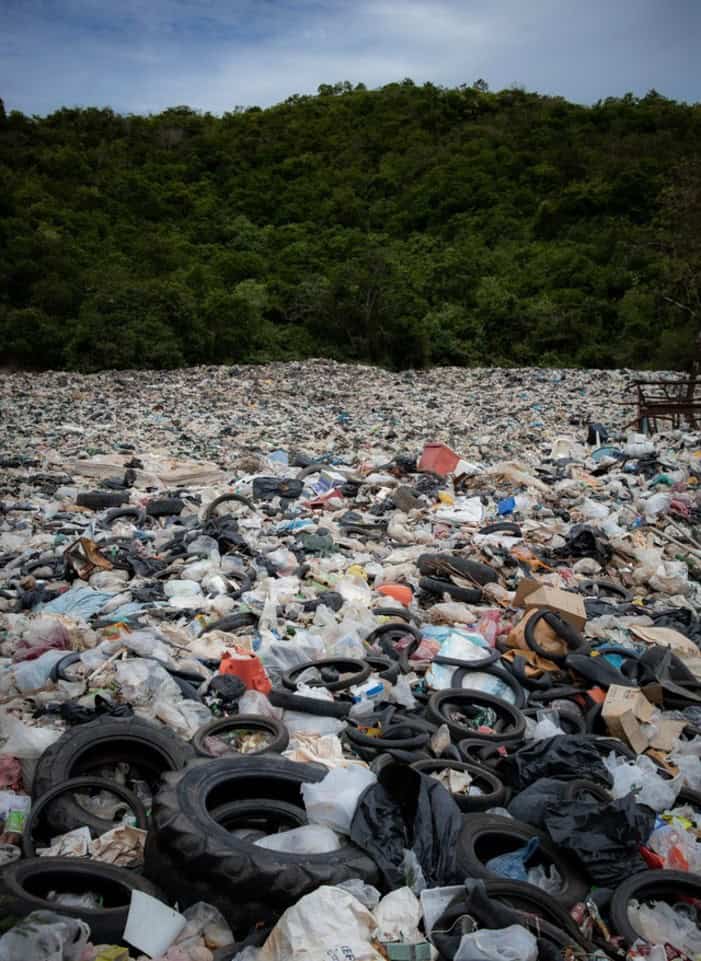
Waste
The waste humans generate has been detrimental to our environment for quite some time now. Humans are generating too much trash and cannot deal with it in a sustainable way. Waste that is not biodegradable and cannot be properly be recycled is filling our oceans and landfills. Let's take plastic waste as an example. A recent study found that of the 6.3 billion metric tons of plastic waste that has been produced, only 9% of that plastic waste had been recycled. In 2017, for instance, the Environmental Protection Agency calculated that the total generation of municipal solid waste in the United States just that year was 267.8 million tons. Compared with 2015 levels, it was a 5.7 million increase. All together, the amount of waste generated affects the environment in multiple ways: it's contribution to the worsening climate crisis, its negative impact on wildlife and the natural environment, and it's detriment to our very own public health. - Austin Downs & Richard Acevedo, earthday.org 28 February 2019
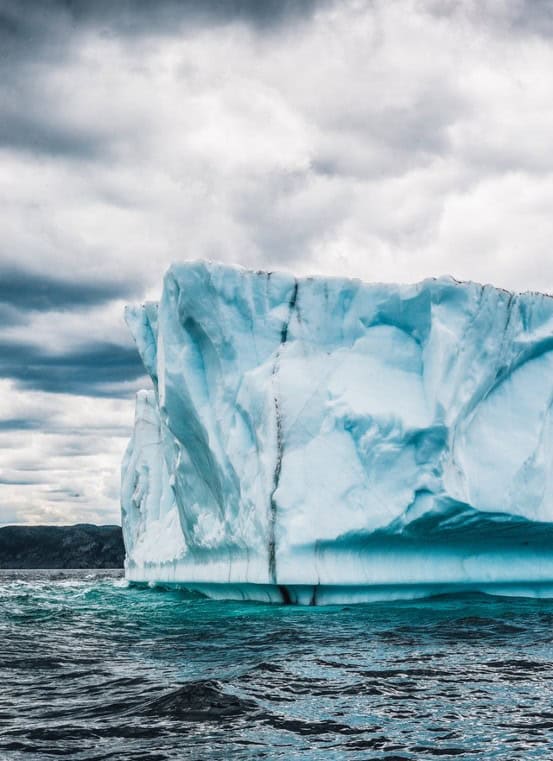
Climate Change
The way we dispose of waste is troubling. What is worse, in this decade alone, it would seem that waste disposal has become more careless. What we have failed to do is to put into action the ideas we believe will help us mitigate or adapt to climate change. Case in point: the trash that is dumped in landfills releases methane gas. Taken one step further, open landfills were found to represent 91% of all landfill methane emissions. The burning of large, open piles of trash in various parts of the world emits dangerous levels of carbon dioxide, a greenhouse gas that is heating up our planet. Researchers have calculated that approximately 40% of the world's trash is burned in this fashion, posing large-scale risks to both our atmosphere and the people that live near these burning sites. - Austin Downs & Richard Acevedo, earthday.org 28 February 2019
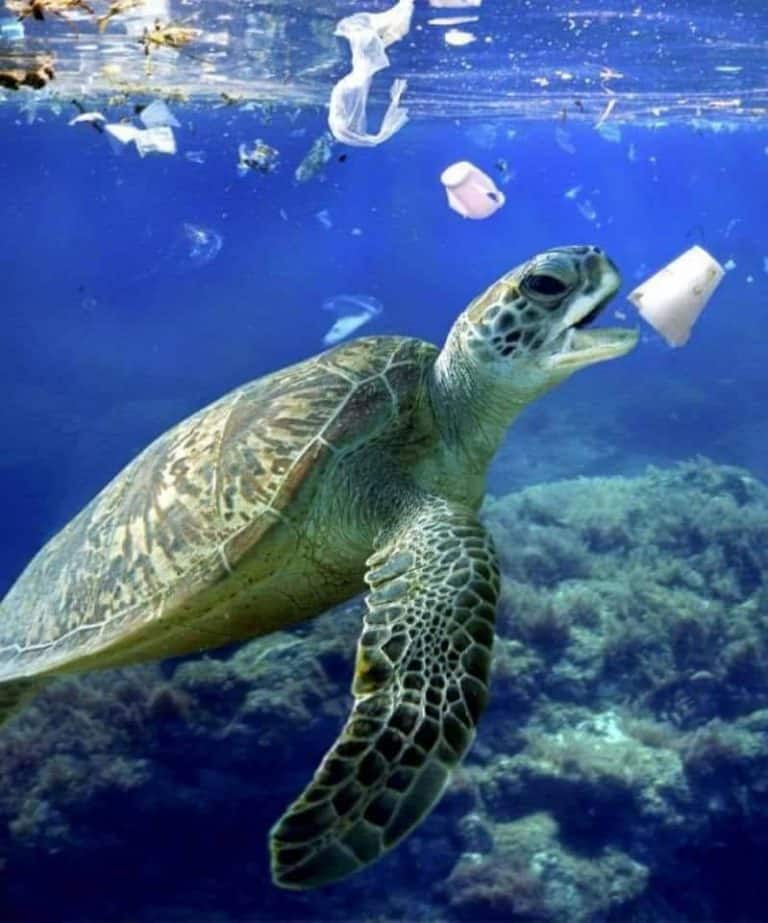
Wildlife
Ecosystems vary widely from location to location. However, one of the most outsize consequences of our global waste problem manifests itself in relation to our marine life and waterways. Simply put, it affects the people who depend on the ocean for their livelihoods. They cannot distinguish between what is and isn't food. They consume trash, which results in death because the aquatic animal could not process it. This affects fish, seals, turtles, whales, and many other aquatic animals, as scientists have also found many plastic fragments in over a thousand species. Due to ingestion of trash or plastics, starvation is usually the next step because some species do not have high acidic levels in their stomach to break down the object they ingested. There are some animals that do but plastic fragments have been known to be able to last 100 years. When it comes to biodiversity, our waste problem is severely plaguing the health of the world's species. -Austin Downs & Richard Acevedo, earthday.org 28 February 2019
By 2050 we will have as many PET water bottles in our waterways as fish.
What are YOU doing to change our trajectory and save our Home?
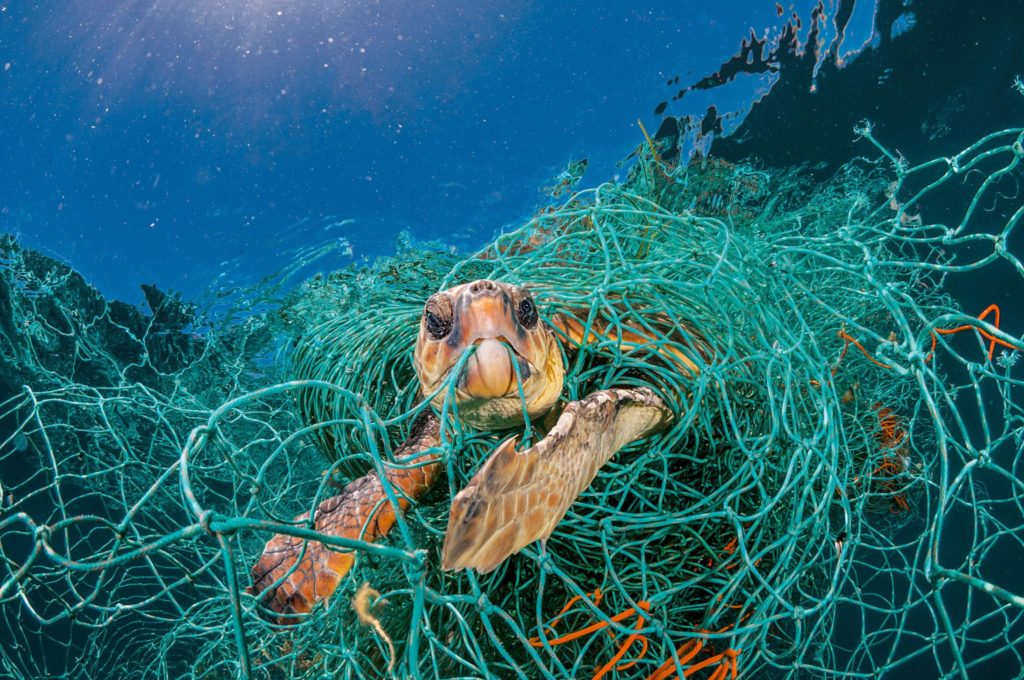
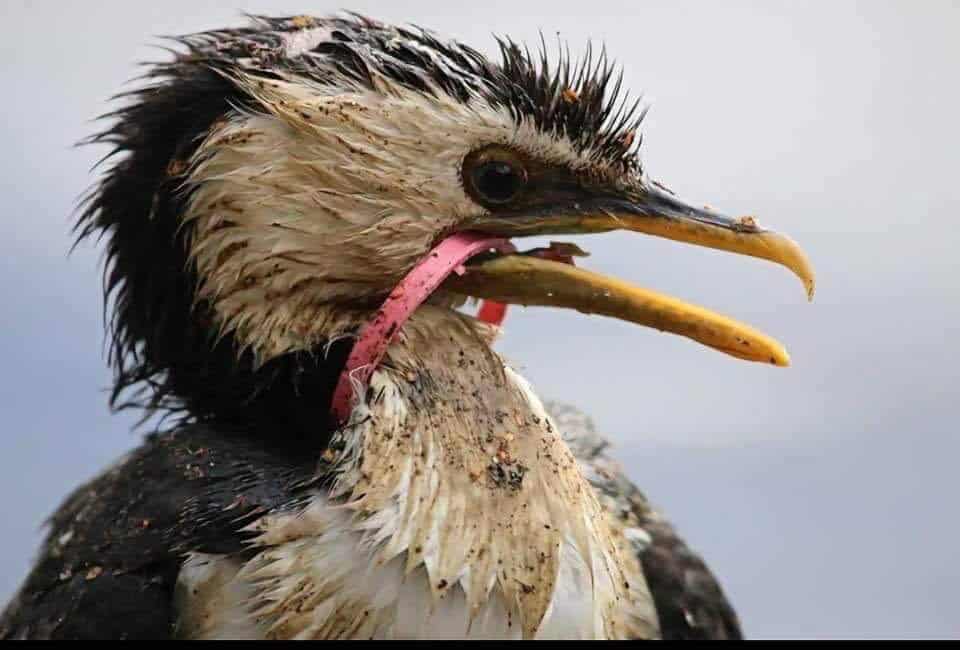
Failure is NOT an option.
“Human health is at risk through our inaction. We keep producing large amounts of trash, we do not dispose of it correctly, and in the end that will be our downfall as it us for the environment and wildlife in the ecosystem we all share. We cannot prevent or promote longevity with how we treat our Earth.” – earthday.org
Risks to our Children
Birth defects, low birth weight, childhood cancer
Risks of Disease
COPD, Asthma, Cardiovascular disease, cancer
Risks of Bacteria and Vermin
Infecting our water, land, air and food.
We must take extreme measures to correct and cure the problem, otherwise it will eventually overtake our lives and negatively affect our health.
We are overwhelmed with waste and very few people are spending the time and energy to find a sustainable solution.
Hauling waste to landfills or loading it on vessels to ship to other countries does not solve the waste problem. The waste may be “out of sight out of mind” temporarily, but it is not a long term solution.
Not only does the problem with waste affect people, it affects the air we breathe, the food we eat, the water we drink and the soil we depend on to grow nourishing food.
Unless we take action today to develop sustainable solutions, our problems with waste will become an even bigger portion of the pending environmental disaster we are facing.
